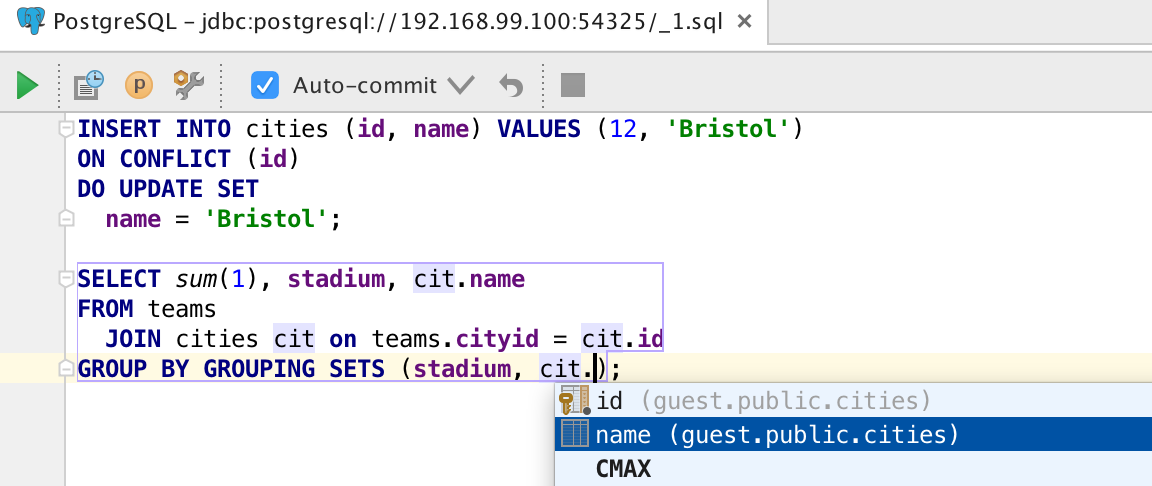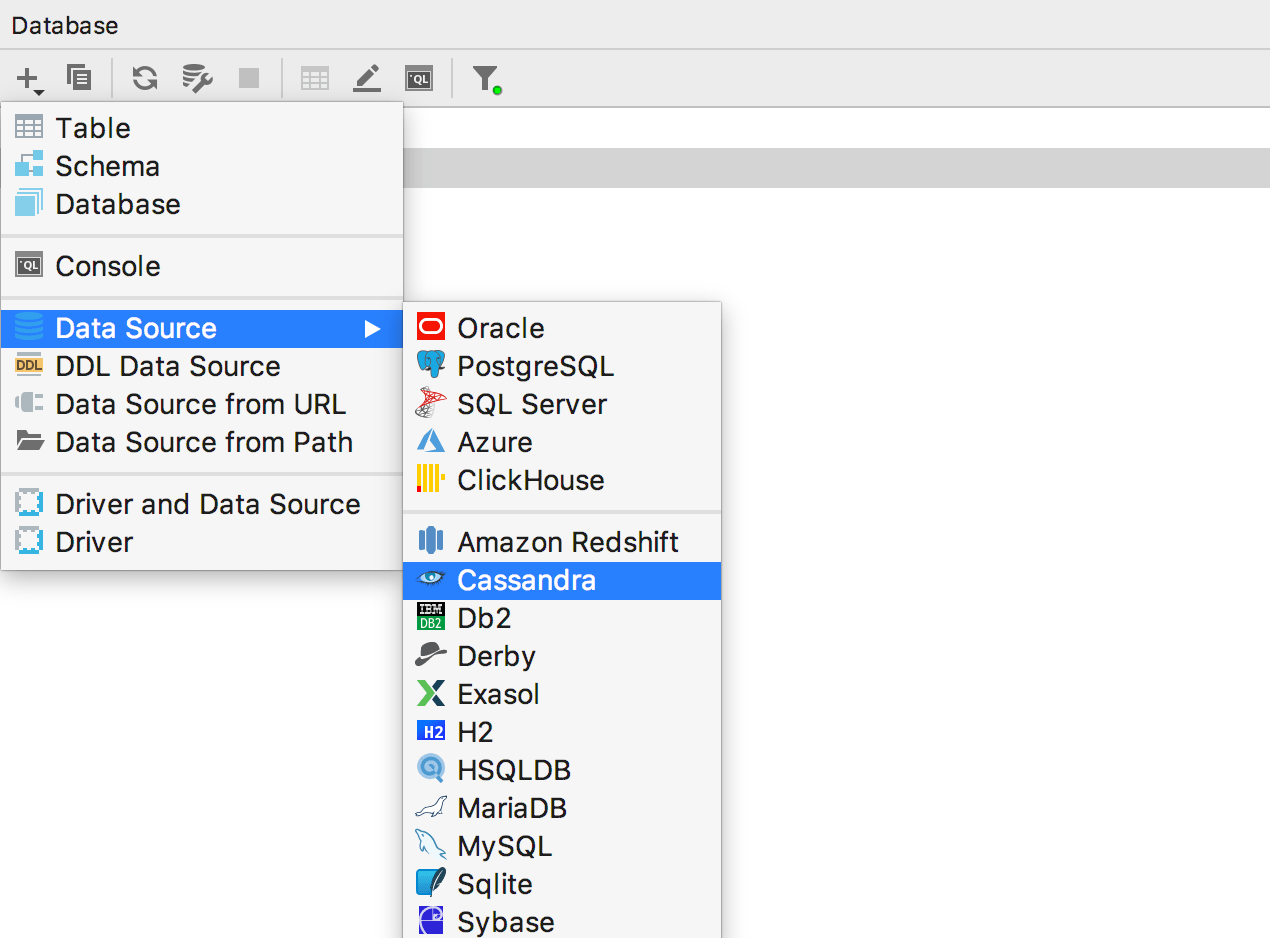


In these cases you can connect to your database using the external connection string on the database page. You might want to run ad-hoc queries or migrations against your database from machines outside Render. To use the internal connection, the service and database need to be in the same account/team and region. Many database frameworks allow (or require) a connection string instead of individual connection parameters.
DATAGRIP POSTGRES PASSWORD
The hostname, username, database, and password are displayed on the database page:Īn internal database URL that looks like is also available if needed. Using internal connection values is the recommended way for your apps to connect to your Render database. This minimizes network latency and maximizes app performance. For services deployed on Render, you should always use the internal connection parameters shown below. The hostname will differ depending on where you’re connecting from. Usually, the port can be left unspecified. Render uses the default PostgreSQL port of 5432 to connect. See Getting Started for examples.Īt a minimum, your app will need to know your database’s hostname, port, username, password, and database name (e.g. How you connect to your database depends on your code: some frameworks expect a single connection string or URL in an environment variable, while others need multiple connection parameters in a configuration file. As noted below, we generate random values for them if you omit them. The database name and user name cannot be changed after creation. Like web services, you can give your database a memorable name (which you can change at any time). You can create a PostgreSQL database on Render in under a minute. We have some examples backed by PostgreSQL to get you started: Multiple Databases In A Single PostgreSQL Instance


 0 kommentar(er)
0 kommentar(er)
